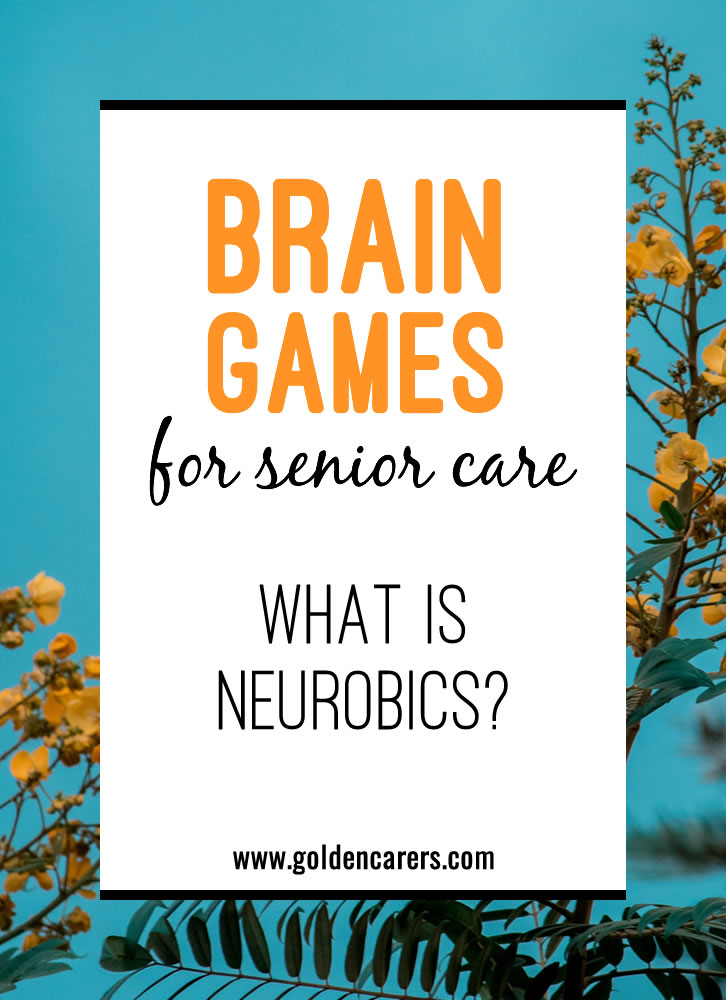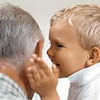
Brain Games for Senior Care: What is Neurobics?
By Haley Burress United States
Found In: ›Activities ›Articles ›Coronavirus: Covid-19

Your morning exercise program helps residents gain strength and weekly yoga classes help them increase their range of motion. But do you have a brain exercise program in place?
Brain exercises are just as important as physical exercise for our residents. Learn a bit more about neurobics and why these interventions are key to keeping brains fit!
In this article we cover:
- What Are Neurobic Brain Exercises?
- How It’s Different Than Trivia
- Breaking Routine
- New Learning
- Sensory Stimulation
- Working All the Brain
Related Activities
Comments Post a Comment
 12th Jun 2020
Activity Director
12th Jun 2020
Activity Director
 15th Jun 2020
15th Jun 2020
 11th Jun 2020
Activity Coordinator
11th Jun 2020
Activity Coordinator
 15th Jun 2020
15th Jun 2020


 16th Aug 2019
Activity Director
16th Aug 2019
Activity Director
It is a really good idea and can be made easy or hard depending on the group you are doing it with
 15th Aug 2019
Activity Director
15th Aug 2019
Activity Director


 13th Aug 2019
Activity Director
13th Aug 2019
Activity Director
May have to adapt and modify them to meet the needs of the group you are working with

 11th Aug 2019
Recreation Therapist And Writer
11th Aug 2019
Recreation Therapist And Writer

 Fundraising Ideas for Nursing Homes
Fundraising Ideas for Nursing Homes
 How to Help New Residents Adjust to Lifestyle Changes
How to Help New Residents Adjust to Lifestyle Changes
 14 tips for communicating with people who have hearing loss
14 tips for communicating with people who have hearing loss
 How to Practise Gratitude with a Five Minute Journal
How to Practise Gratitude with a Five Minute Journal


I have an exercise which causes laughter and amazement - none of us knows why it happens, perhaps someone can explain it if it happens to them. Here is the exercise:
Sit down, turn your right ankle round and round to the right and at the same time make a figure 6 in the air. I won't spoil it by telling you what happens when trying it on the clients in our day care centre, elderly, and on famliy and friends. Thank you Gwyneth